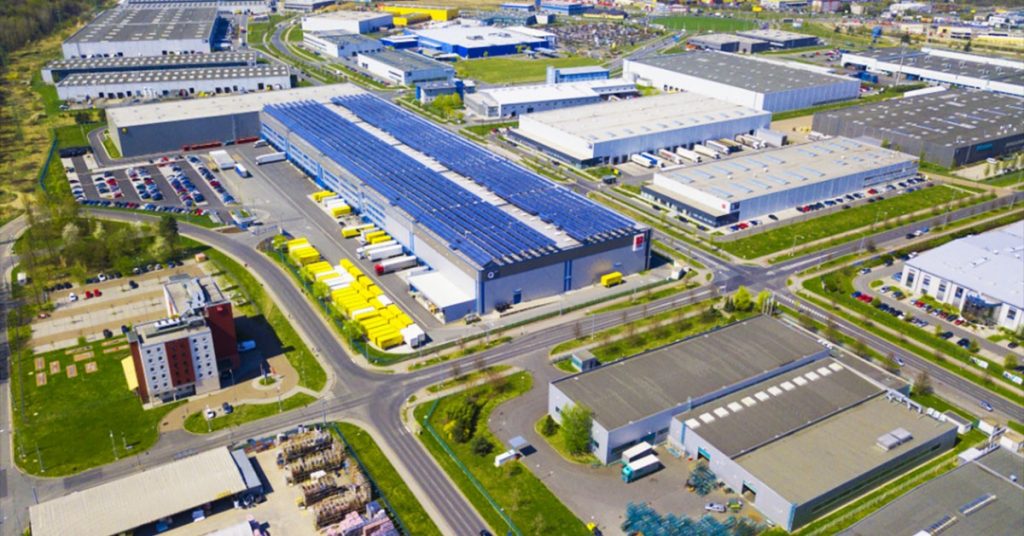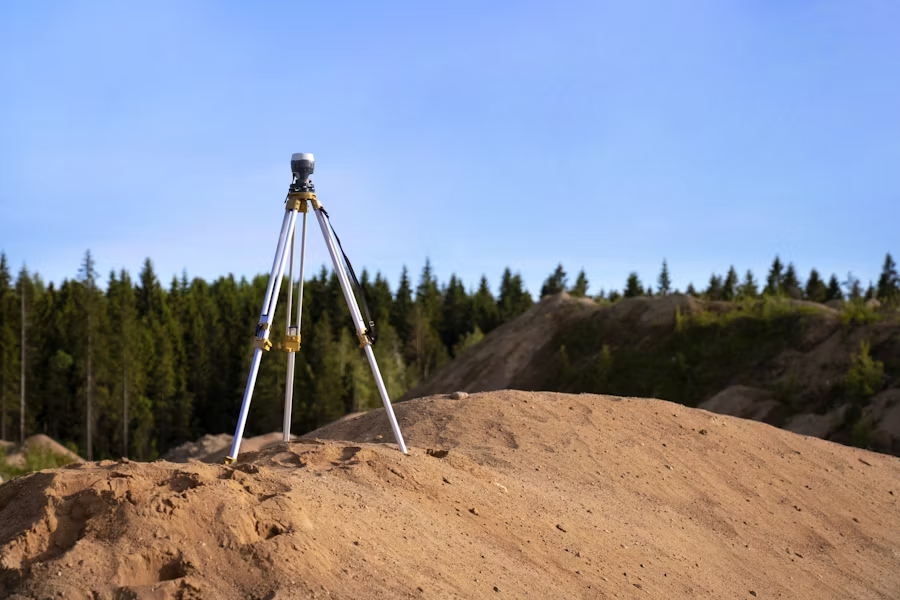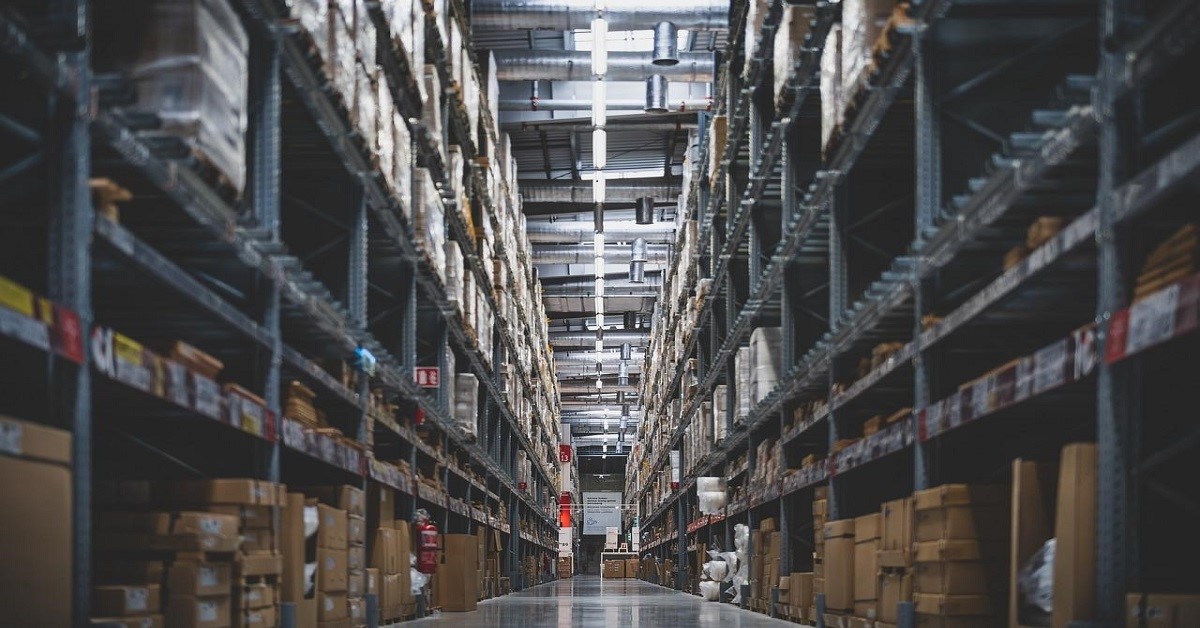Industrial Drones for Warehouse Operations: Benefits and Usage

The digital transformation era has brought about unprecedented changes in various industries. From e-commerce platforms to advanced robotics, the supply chain world is included. A leading game-changer in this digital shuffle is the rising role of drones. Industrial drones for warehouse operations have become a crucial component of modern logistics and supply chain management.
A decade ago, using drones in warehousing would have seemed far-fetched. However, as technology evolved, so did the capabilities and applications of drones in an industrial setting. The history of drones in warehousing is short but impactful. Pioneers who introduced the first drones tailored for warehouse applications paved the way for today’s vast benefits.
Benefits of Using Industrial Drones in Warehouses
1. Increased Efficiency
Time is money, and every second counts in the fast-paced logistics world. Implementing warehouse drones for inventory management can dramatically reduce the time taken for tasks such as stock-taking. With drones, what took hours can now be achieved in minutes. This translates not only to faster operations but also to significant savings. Reducing manual labor further trims operational costs, making drones a valuable investment.
2. Enhanced Accuracy
Human errors, although unavoidable at times, can be costly for businesses. However, these errors are minimized with the precision of industrial drones for warehouse operations. Automated inventory tracking, combined with RFID and barcode scanning capabilities, offers real-time and accurate data. This boosts confidence in inventory numbers and streamlines operations.
3. Improved Safety
Warehouses, especially those with towering shelves and heavy inventory, pose certain risks. Traditionally, workers would use ladders or lifts to reach high places. However, drones can quickly and safely navigate these heights, mitigating potential accidents. Moreover, with their advanced sensors, drones can detect hazards even before they become critical, ensuring a safer work environment.
4. Scalability
The beauty of industrial drones for warehouse operations is their adaptability. Whether it’s a compact warehouse or a sprawling logistic hub, drones can be scaled accordingly. As businesses grow and warehouse layouts evolve, drones can easily be integrated without significant operational changes.
5. Data Collection and Analysis
In the age of big data, the role of drones goes beyond physical tasks. These devices collect valuable data in real time. This data can offer insights and inform better decision-making when integrated with warehouse management systems. Thus, drones not only handle tasks but also contribute to strategic planning.
Usage of Industrial Drones in Warehouses
1. Inventory Management
Keeping track of inventory is paramount for any logistics business. Drones automate cycle counting, ensuring that stock numbers are always up to date. The role of warehouse drones for inventory management is becoming indispensable, as they offer quick, efficient, and reliable stock checks, eliminating manual counts that can often be time-consuming and error-prone.
2. Security Surveillance
Security is a top priority for warehouses, given their valuable stock. Industrial drones for warehouse operations provide 24/7 surveillance, ensuring that every nook and cranny is monitored. The advanced sensors in drones can detect intrusions, and with real-time alerts, response times are quicker, ensuring inventory safety.
3. Inspection and Maintenance
Warehouses are dynamic spaces that undergo wear and tear. Regular inspection is crucial to detect any potential issues. Instead of manual checks, drones can quickly survey the entire room, identifying structural damages or areas needing attention. Furthermore, drones can monitor cleanliness, ensuring the warehouse meets operational standards.
4. Shipment and Order Picking
Fulfilling order is a complex process that requires precision. Drones assist in picking items, ensuring that the right products are chosen. Additionally, with their advanced navigation systems, drones aid in optimal route planning, ensuring pickers move efficiently across the warehouse.
5. Integration with other Automation Tools
The future of warehousing isn’t just about drones. Integrating industrial drones for warehouse operations with other automated tools like robots and AGVs promises a highly efficient ecosystem. Drones can communicate with automated shelving systems, ensuring a smooth flow of operations, genuinely embodying the concept of warehouse automation with drones.
Challenges and Considerations
Every technological advancement comes with its challenges, and drones are no exception. The initial setup of warehouse automation using drones can be capital-intensive, requiring a significant investment. Additionally, since drones are relatively new to the warehousing sector, businesses must navigate regulatory and compliance issues.
Training is another crucial factor that needs attention. Warehouse staff must be trained in drone operations to ensure a smooth transition. Integrating drones with existing systems and infrastructure also presents challenges. Given drones’ data collection capabilities, privacy and data security concerns must be addressed. Businesses must carefully weigh the many benefits against these challenges
Finding the Best Industrial Drones for Your Warehouse Operations
Selecting a suitable drone for your warehouse is crucial. Here are steps and tips to guide your decision:
- Define Your Needs: Understand the specific tasks you want the drone to accomplish, be it inventory management, security surveillance, or maintenance checks.
- Research Features: Not all drones are created equal. Prioritize features like battery life, payload capacity, and sensor quality.
- Check Compatibility: Ensure the drone integrates well with your existing Warehouse Management System (WMS).
- Prioritize Safety: Opt for drones with safety features like obstacle avoidance and geo-fencing.
- Read Reviews: User reviews can offer insights into reliability, durability, and real-world performance.
- Consider Scalability: As your operations grow, ensure the drone system can scale accordingly.
- Seek Expert Advice: Consult with drone specialists or companies that have already integrated drones into their warehousing processes.
- Test Before Investing: Run pilot programs to see how the drone performs in your warehouse environment.
- Evaluate After-Sales Support: Post-purchase support is essential for software updates, maintenance, and addressing any technical glitches.
- Budget Wisely: While going for the most advanced model is tempting, balance features with budget. Finding a drone that offers the best value for your investment is essential.
By following these steps, you can ensure that you invest in a drone solution that aligns with your warehouse’s specific needs and operational goals.
Conclusion
In the evolving landscape of logistics, drones have solidified their place. Drone solutions for warehouse logistics are not just a trend but a necessity for businesses aiming for optimal efficiency, safety, and accuracy. The benefits of using drones in warehouses are undeniable.
From real-time data collection to ensuring safety, drone solutions for warehouse logistics offer a comprehensive solution for modern warehousing challenges. As the world of logistics continues to grow, the role of drones, such as ZenaDrone, will only become more pronounced, paving the way for a future where warehouses and drones work in perfect harmony.
Contact Us
Thank you for your message. It has been sent.
Latest Posts
Social Profiles















